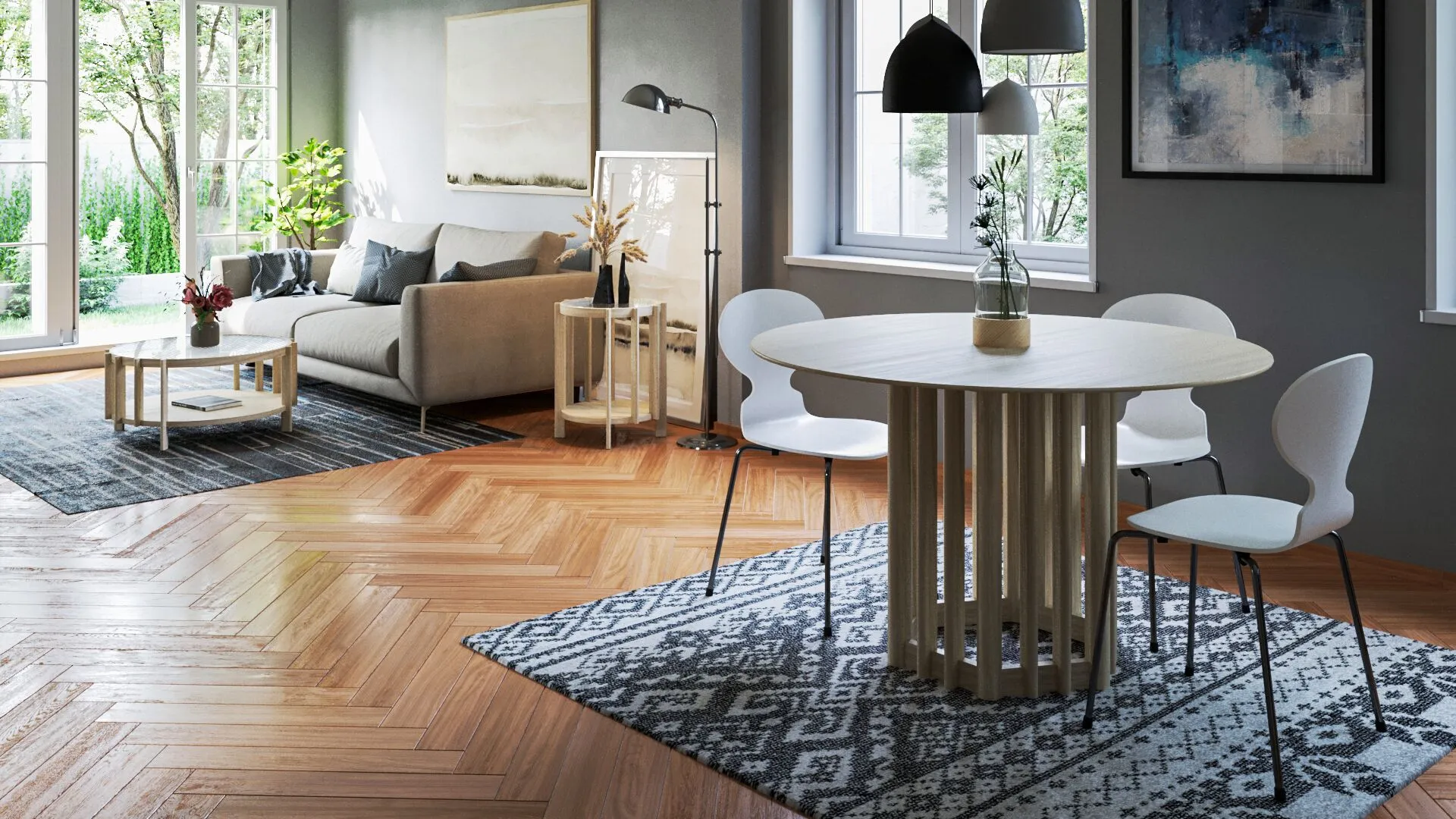Expansion Joint Systems in Saudi Arabia | Structural & Architectural Movement Solutions
- murtaza
- October 18, 2025
- Uncategorized
- 0 Comments
In the evolving landscape of construction and infrastructure across the Kingdom, expansion joint systems play a vital role in ensuring structural durability and performance. From high-rise towers in Riyadh to industrial complexes in Dammam, these systems accommodate thermal movement, seismic activity, and load variations — preventing cracks and preserving long-term structural integrity.
Choosing the right expansion joint system is essential for safety, durability, and visual harmony with your project’s architectural design.
In This Article:
What Are Expansion Joint Systems?
Expansion joint systems are engineered components that absorb structural movements caused by temperature changes, seismic activity, wind load, and material contraction or expansion. Without them, buildings and bridges would develop cracks, leaks, or even structural failures over time. In Saudi Arabia’s harsh climate, these systems are indispensable to sustainable construction.
Types of Expansion Joints Used in Saudi Arabia
Different projects demand different joint designs. Professional expansion joint system suppliers and installers in Saudi Arabia provide a wide range of solutions tailored to specific architectural and structural requirements.
- Floor Expansion Joints: Designed to handle heavy pedestrian or vehicular loads while maintaining smooth surface continuity in malls, airports, and car parks.
- Wall and Ceiling Joints: Allow for lateral and vertical movement between partitioned sections without affecting aesthetics.
- Roof Expansion Joints: Provide watertight flexibility for large roofing structures exposed to intense heat.
- Parking Deck Joints: Engineered to resist abrasion, oil, and weather conditions in multilevel parking areas.
- Bridge and Highway Joints: Heavy-duty designs that accommodate major movement, vibration, and load transfer in infrastructure projects.
Materials and Design Considerations
The performance of an expansion joint depends on its material composition and engineering precision. Leading expansion joint contractors in Saudi Arabia use premium-grade materials designed to handle both thermal stress and long-term wear.
| Material Type | Characteristics | Common Usage |
|---|---|---|
| EPDM Rubber | High flexibility, UV-resistant, excellent thermal movement tolerance. | Roofing and waterproof applications. |
| Aluminum Profiles | Lightweight, corrosion-resistant, and visually appealing for interiors. | Architectural flooring and wall joints. |
| Stainless Steel | High durability and strength under heavy load or chemical exposure. | Industrial and commercial floors. |
| Neoprene Seals | Weatherproof, suitable for outdoor expansion areas exposed to oil or heat. | Bridges, parking decks, and external joints. |
Applications Across Industries
Expansion joint systems are critical across multiple sectors in Saudi Arabia, particularly in large-scale infrastructure and architectural developments under Vision 2030. Their versatility ensures long-term safety and aesthetic continuity in complex builds.
- Commercial & Residential Towers: Seamless integration of floor and façade joints in mixed-use developments.
- Airports & Transportation Hubs: Durable movement joints for terminals, concourses, and parking structures.
- Healthcare & Educational Buildings: Hygienic and low-maintenance designs for public safety and comfort.
- Industrial Facilities: Heavy-duty expansion joints designed to handle vibration and equipment load cycles.
- Bridges & Highways: Structural-grade expansion joints capable of handling temperature fluctuations and dynamic loads.
“The strength of a structure is not only in its foundation, but also in its flexibility to move safely — expansion joints make that possible.”
Installation and Quality Standards
Professional installation is essential to ensure that expansion joints perform as intended. Experienced expansion joint system contractors in Saudi Arabia follow international standards such as ASTM, BS, and ACI, along with local Saudi Building Code (SBC) regulations. Key quality considerations include:
- Precise Alignment: Accurate placement to accommodate predicted thermal and seismic movements.
- Surface Preparation: Ensuring substrate cleanliness for proper adhesion and performance.
- Waterproofing Integrity: Integration with membranes to prevent leakage through structural joints.
- Durability Testing: Verifying load-bearing and movement capacity before project handover.
Conclusion: Built for Durability and Design Integrity
High-performance expansion joint systems in Saudi Arabia ensure that modern structures remain safe, resilient, and visually seamless through decades of operation. By choosing the right materials and certified installers, architects and contractors can achieve both engineering excellence and architectural precision in every project.
Discover more about our architectural and structural metal works supporting Saudi Arabia’s leading construction and infrastructure developments.

